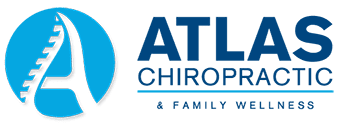Chiropractic is a non-invasive, hands-on healthcare discipline that focuses on the body’s nervous system, muscles, and joints to help it function better. Each adjustment works to undo bad habits, poor postures, and stuck patterns that have been hardwired into our system over time. A course of chiropractic care works to restore body function, rebuild healthy patterns, and increase the body’s ability to handle stress.
Chiropractic visits consist of adjustments, joint mobilizations, and soft tissue work. Exercises and stretches are often prescribed to assist with your body’s healing process.
Most extended health benefit plans cover chiropractic. Check your plan to see if you are covered.
Our Techniques:
- Webster Technique. This technique is specifically for pregnant women. The purpose of Webster adjustments is to reduce pelvic dysfunctions, and associated hip, buttock and round ligament tension/torsion.
- Pediatric Specific Adjusting. A very soft approach – adjustments are made using the tips of our fingers – to apply gentle, constant pressure to a specific site. The pressure is usually similar to that of checking the ripeness of a peach.
- Diversified Technique. This approach uses a quick, gentle manual thrust is applied to free up spinal joints that have become “stuck.”
- Thompson Technique. This gentle approach utilizes drop tables.
- Activator. A low force instrument used to perform chiropractic adjustments.
- Extremity Adjusting. Problems in the extremities – including the ankle, foot, toes, elbow, wrist, hand, fingers, hip, and shoulder – can lead to chronic spinal issues. Extremity adjusting can prevent those issues and can also treat specific problems such as carpal tunnel syndrome, poor gait, and poor posture.
- Arthrostim. A low force instrument used to perform chiropractic adjustments by specifically affecting the proprioceptors within the joints.
- Percussor. A soft tissue instrument which is great for loosening tight muscles.
Adults under care may experience:
- Pain relief
- Higher energy levels
- Improved stress management
- Fewer headaches
- Increased mobility and flexibility
- Better digestive function

